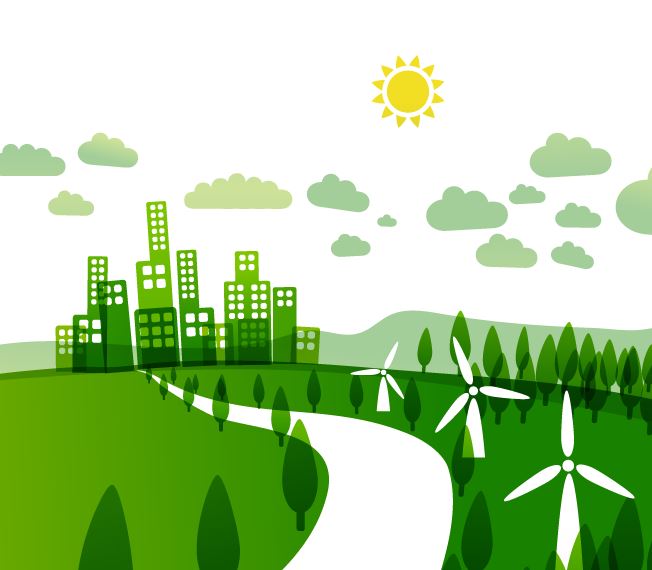Better Building
Mitigating Disaster Impacts
As several devastating natural disasters have leveled towns and stalled economies, industry attention returns to smarter building. Construction professionals seek materials that are durable, versatile, and sustainable. An existing concrete product may be the key to better building. Conventional concrete—the go-to material for low- and mid-rise buildings— lacks the combination of compressive strength, tensile strength, […]

